Guide to Practicing Deep Work
Understanding the Different Types of Distractions
Distractions manifest in various forms, impacting our focus and productivity in numerous ways. External distractions, like noisy environments or notifications, are readily apparent. However, internal distractions, such as negative thoughts, anxieties, or unresolved issues, are often more insidious. Recognizing these different types of distractions is the first step in effectively managing them. Understanding the root cause of these distractions, whether it's a looming deadline, a personal worry, or a simple lack of interest, allows us to approach them with more intention and strategy.
Identifying the specific triggers that lead to these distractions is crucial. Are you easily sidetracked by social media? Do you find yourself dwelling on past mistakes? Recognizing these patterns allows you to anticipate and prepare for potential disruptions. This self-awareness is key to developing effective strategies for managing your time and focus.
The Impact of Distractions on Productivity
Distractions are a significant contributor to decreased productivity. When our focus is constantly interrupted, our ability to complete tasks effectively diminishes. This leads to wasted time, incomplete projects, and a general sense of frustration. The cumulative effect of these small distractions can be substantial over time, impacting our overall output and achievement of goals.
Furthermore, consistent distractions can lead to feelings of inadequacy and overwhelm. Knowing that your attention is being constantly diverted can impact your motivation and sense of accomplishment, leading to a cycle of reduced productivity and increased stress.
Identifying Your Personal Distractions
To effectively eliminate distractions, you must first identify the specific distractions that impact you the most. Keep a journal or use a productivity app to track when and how you get sidetracked. Analyze the situations, tasks, and thoughts associated with these moments. Are there recurring themes or patterns? Understanding your personal triggers is the first step toward developing targeted strategies for managing them.
Consider different aspects of your environment and daily routine. Are there specific times of day when you're more prone to distraction? Do certain locations or activities seem to trigger your inner saboteurs? Pinpointing these moments can help you proactively address them.
Developing Strategies for Eliminating Distractions
Once you've identified your distractions, you can start developing strategies to eliminate them. This might involve creating a dedicated workspace free from interruptions, using noise-canceling headphones, or employing time management techniques like the Pomodoro method. Experiment with different approaches to find what works best for you.
Consider implementing strategies that address internal distractions as well. Techniques such as mindfulness exercises, meditation, or journaling can help to quiet the inner critic and cultivate a more focused state of mind. These strategies are often overlooked but are essential for long-term productivity.
Creating a Distraction-Free Environment
Your environment plays a significant role in your ability to concentrate. A cluttered workspace, a noisy environment, or constant interruptions can all contribute to distractions. Creating a dedicated workspace that is free from these distractions is essential for maintaining focus. This could involve designating a specific area for work, minimizing visual clutter, and implementing noise-canceling solutions.
Furthermore, establish clear boundaries between work and personal time. Communicate these boundaries to others to minimize interruptions during focused work periods. This helps in creating a structured environment conducive to concentration and productivity. Consider using technology to your advantage by turning off notifications or silencing your phone during work sessions.
Practical Techniques for Managing Distractions
Implementing practical techniques like the Pomodoro method or time blocking can significantly improve your focus and productivity. These methods involve setting specific time intervals for tasks, followed by short breaks. This structured approach helps to maintain concentration and prevents prolonged periods of distraction. Experiment with different time management techniques to find what works best for your workflow and personal preferences.
Prioritize tasks based on importance and urgency. This helps to focus your energy on the most critical items, reducing the likelihood of getting sidetracked by less important tasks. Breaking down large tasks into smaller, more manageable steps can also help you stay on track and minimize the feeling of overwhelm, which is often a source of distraction.

Respect isn't always about grand gestures; it's often woven into the subtle nuances of our interactions. Paying attention to nonverbal cues, like maintaining eye contact and active listening, demonstrates a genuine interest in the other person and their perspective. These seemingly small acts communicate a powerful message of valuing the individual's presence and contributions.
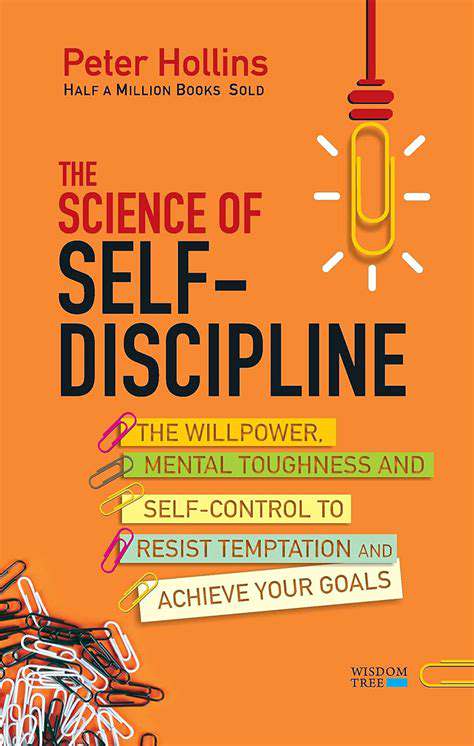
Read more about Guide to Practicing Deep Work
Hot Recommendations
-
*Guide to Managing Gout Through Diet
-
*Best Habits for Financial Well being
-
*How to Build a Routine for Better Mental Health
-
*How to Eat Healthy on a Budget [Tips & Meal Ideas]
-
*Guide to Practicing Self Acceptance
-
*How to Incorporate More Movement Into Your Day
-
*Guide to Managing Chronic Pain Naturally
-
*Guide to Building a Reading Habit for Well being
-
*Top 5 Weight Loss Supplements That Actually Work
-
*Best Exercises for Postpartum Recovery [Beyond Abdominal Work]

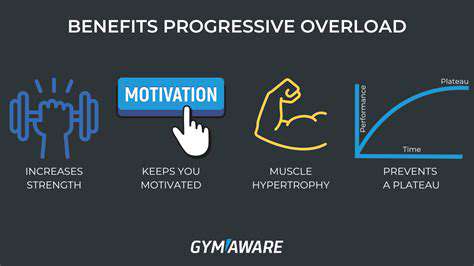



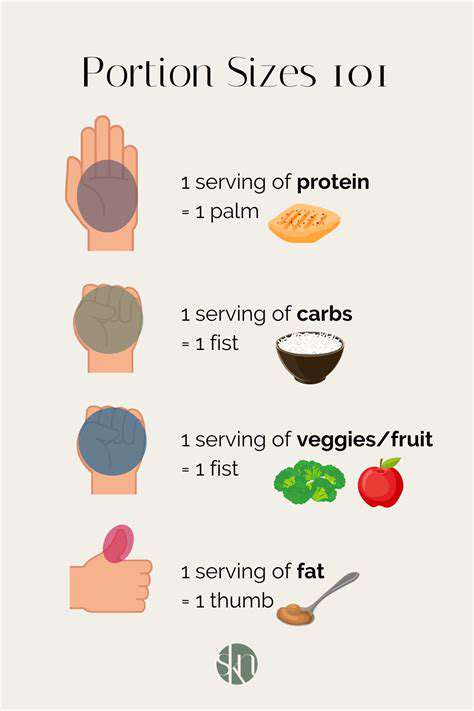
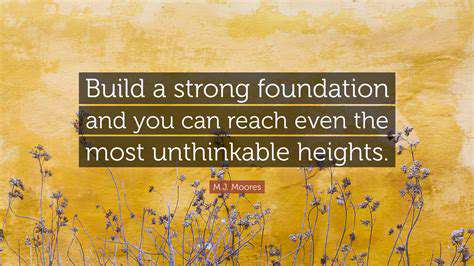
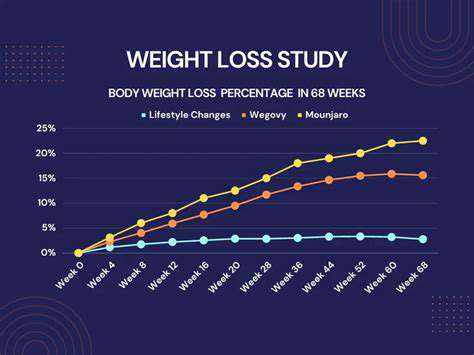
![How to Recover Faster After Workouts [Tips & Techniques]](/static/images/26/2025-07/ListentoYourBody3ARecognizingandAddressingSignsofOvertraining.jpg)

